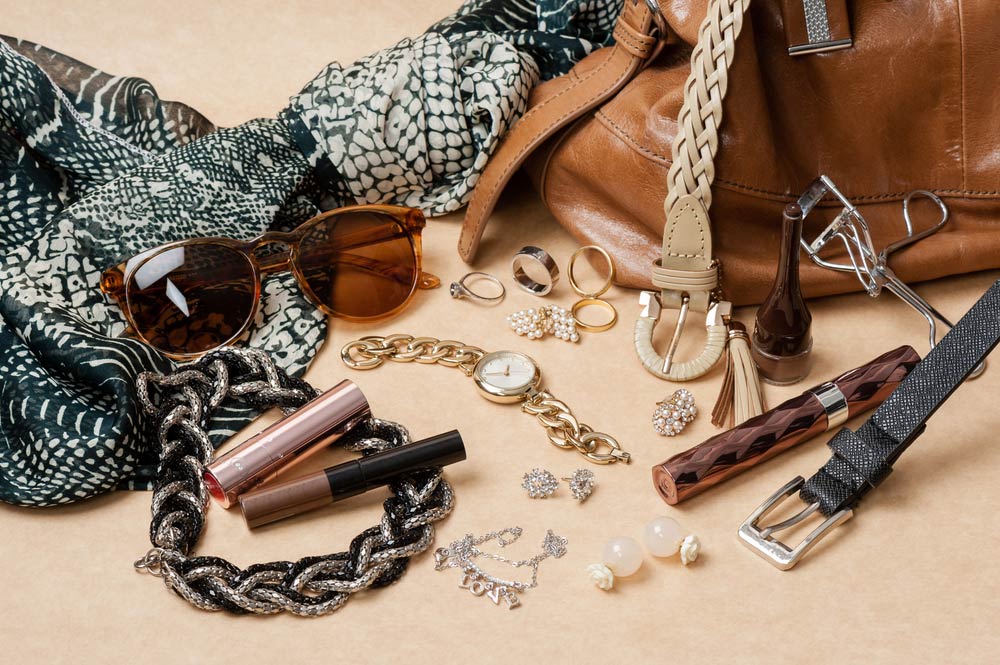The Main Principles Of Top 10 Must-Have Pieces for Your Wardrobe

The fashion trend industry has undergone notable changes over the years. Women's style, in certain, has progressed considerably with the many years. From the conservative types of the very early 1900s to the lively and vibrant layout of today, women's garments has been a reflection of social norms and social switch.
1900s-1920s:
In the course of this era, women's clothing was typically long and extensive, with floor-length skirts and high dog collars. The emphasis was on virtue, with women covering up their body systems from head to foot. The shape was straight and boxy, along with little variation in style.
In the 1920s, however, fashion underwent a dramatic improvement. Women began putting on shorter skirts that struck over the leg, as well as looser-fitting gowns that allowed for greater freedom of action. The famous flapper appearance surfaced in the course of this opportunity time frame; identified through short hairstyles and sleeveless dresses that presented off a woman's upper arms.
1930s-1940s:
The Great Depression marked a profit to a lot more traditional designs in women's fashion trend. Hemlines went down back down to ankle-length dress while shoulder pads came to be popular for providing women a more masculine silhouette.
Throughout World War II in the 1940s, cloth rationing indicated that there were less products on call for generating brand new clothing. As a outcome, a lot of women turned to functional garments options such as pantsuits and jumpsuits.

1950s-1960s:
The post-war period carried about an explosion of brand new style and types in women's style. In the 1950s particularly, there was a event of womanliness with hourglass figures highlighted through cinched waistlines and full dress.
Through contrast, the 1960s saw a shift in the direction of even more daring layout determined by youth lifestyle activities such as mod manner and hippie lifestyle. Mini-skirts ended up being more and more prominent while vivid colors were embraced as part of anti-establishment excellents.
1970s-1980s:
The 1970s marked a return to a lot more organic and comfy garments materials such as denim, cotton, and leather. The nightclub era brought regarding a interest along with flashy garments and system footwear.
The 1980s were recognized for their vibrant, vivid style that usually incorporated fluorescent different colors and metallic textiles. Energy dressing came to be popular as women got into the workforce in more significant numbers and began to embrace much more manly types of gown such as shoulder pads and pantsuits.
1990s-Present Time:
The 1990s saw a yield to a lot more minimalistic layout with a focus on neutral shades like black, white colored, and grey. Grunge fashion trend arised during the course of this time time frame with flannel tshirts, ripped pants, and fight boots becoming preferred among younger people.
In current years, there has been an focus on sustainability in style along with numerous developers utilizing eco-friendly products and lasting production techniques. Also Found Here has likewise come to be more and more popular along with many women picking to wear comfortable activewear in their everyday lives.
In verdict, women's style has gone through notable adjustments throughout the decades demonstrating societal norms and cultural switch. From moderate floor-length skirts of the early 1900s to modern-day athleisure wear, women's fashion trend continues to develop while likewise incorporating aspects of past types.
